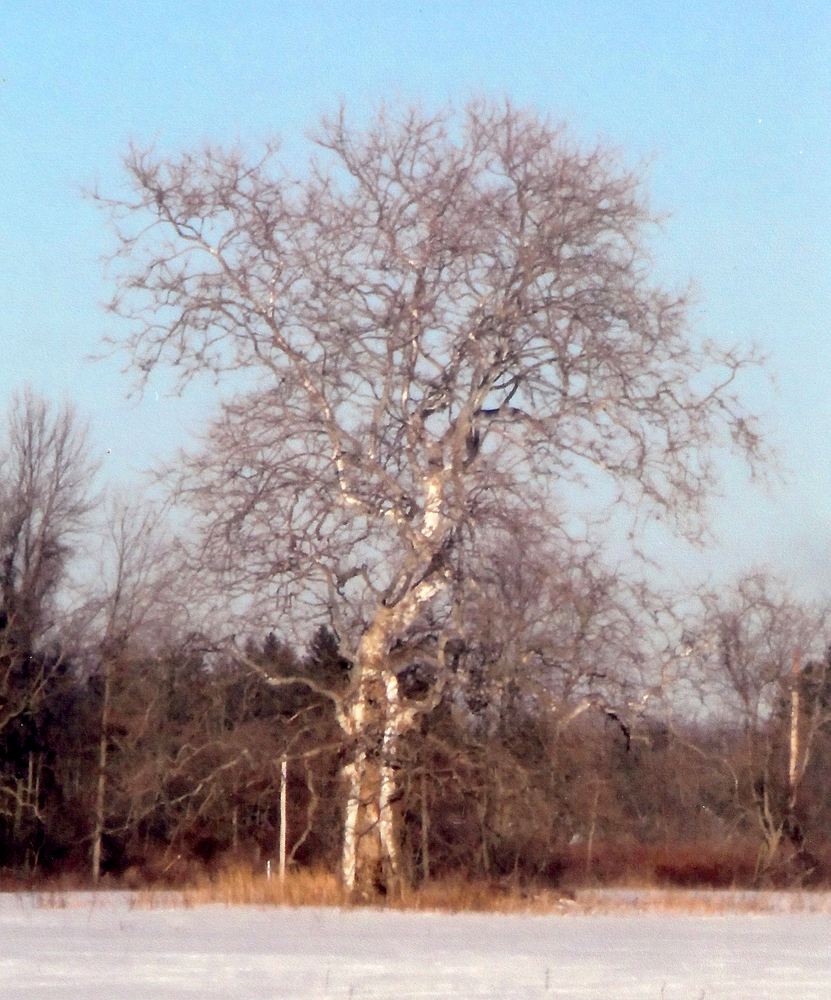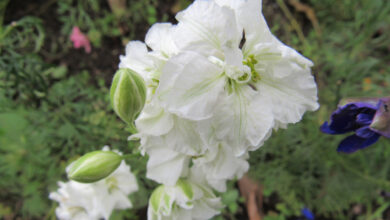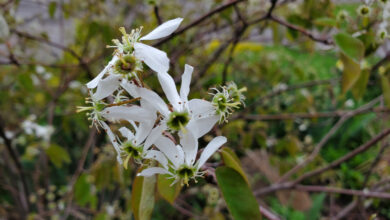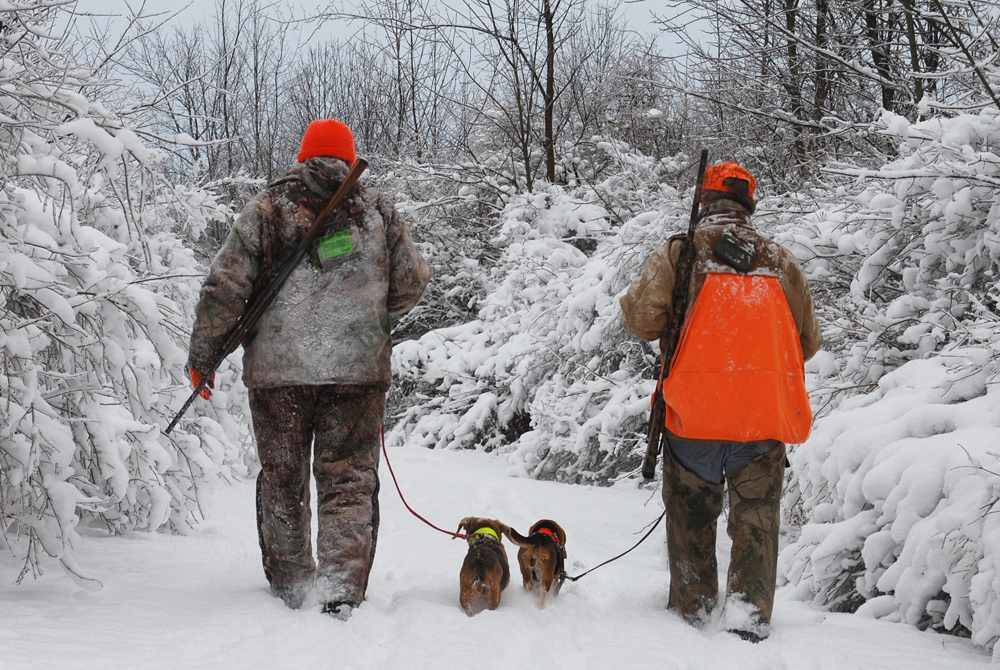Indigenous gardening practices

November is Indigenous Peoples’ Month, and it’s time to celebrate and recognize their contributions to gardening and agriculture.
One of the best-known growing practices of Native Americans is the “Three Sisters Garden,” which incorporates intercropping, polyculture, and companion planting methods. According to the National Farmers Union (NFU), the “Three Sisters” planting of corn, beans, and squash is one of the ways that Indigenous peoples have contributed to the regenerative agriculture practices of today.
The Three Sisters Garden was traditionally practiced by the Wampanoag people who lived in what is now the northeastern United States. The Cherokee and Iroquois also utilized this planting method. Tall corn plants provide support for climbing pole beans, which add nitrogen to the soil for future crop use. Squash plants help shade the soil around taller plants to conserve moisture, acting as a living mulch. This practice of intercropping or polyculture of plants is successful because it reflects how different species grow in nature. The NFU states that polycultures use nutrients, light, and water more efficiently than monocultures. Monocultures, where just one crop or plant is grown, can exhaust soil nutrients.
Indigenous communities also practiced water management. In humid climates like the northeast, the mounding and raising of planting beds were utilized to help drain the soil of excess moisture. In the southwest regions of North America, Native Americans dug canals to irrigate crops in the arid climate. Terracing was also utilized in these areas. Terraces help where rain is seasonal, sporadic, and can come in heavy downpours. It helps to prevent soil erosion, preserving precious topsoil.
Back in the eastern woodlands, agroforestry was practiced. Native Americans managed trees, crops, and animals in a way that benefited all three. According to the NFU, silviculture was utilized to manage tree growth and forest composition to foster wildlife populations and improve hunting.
Permaculture is another growing practice used by Indigenous peoples. Permaculture is a sustainable agricultural system that mimics natural patterns but also allows for production. Permaculture works with natural forces and involves a deep understanding of the local environment. Native Americans in the northeast and midwest planted legumes, such as beans, that fixed nitrogen in the soil to improve soil health and nourish plants.
Native Americans also used, and continue to use today, practices such as crop rotation and seed saving to successfully grow food, healing plants, plants for fuel, construction, tools, fiber, dye, glue, and medicine. We have much to be thankful for this November for the contributions of Indigenous peoples. Their sustainable growing practices help keep the land and soil fertile for growing while protecting the natural world of plants, animals, birds, insects, and pollinators.







